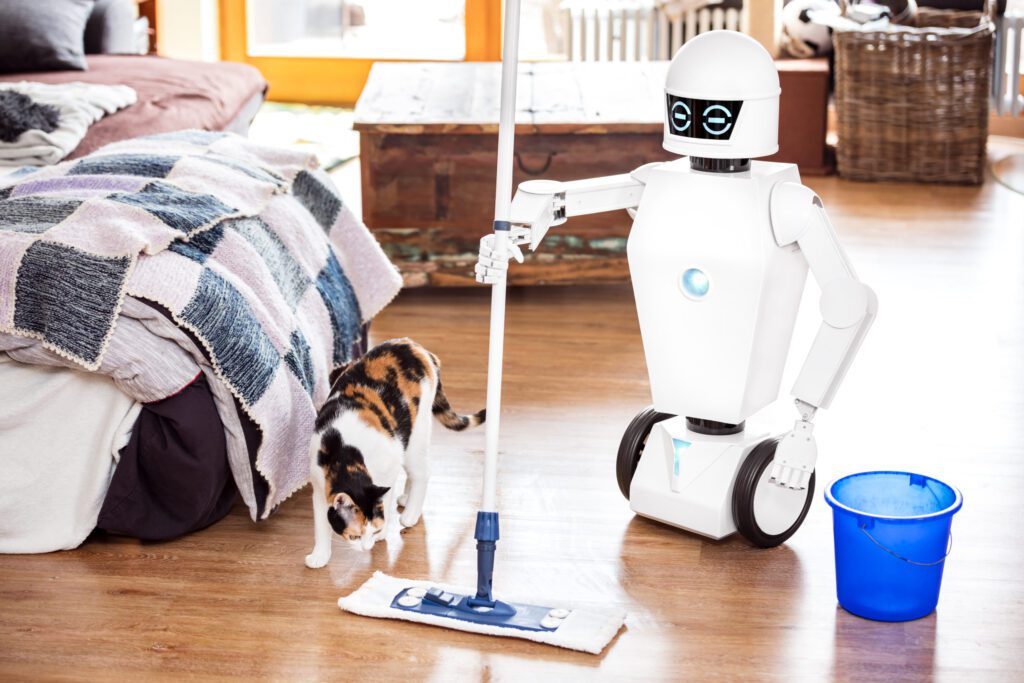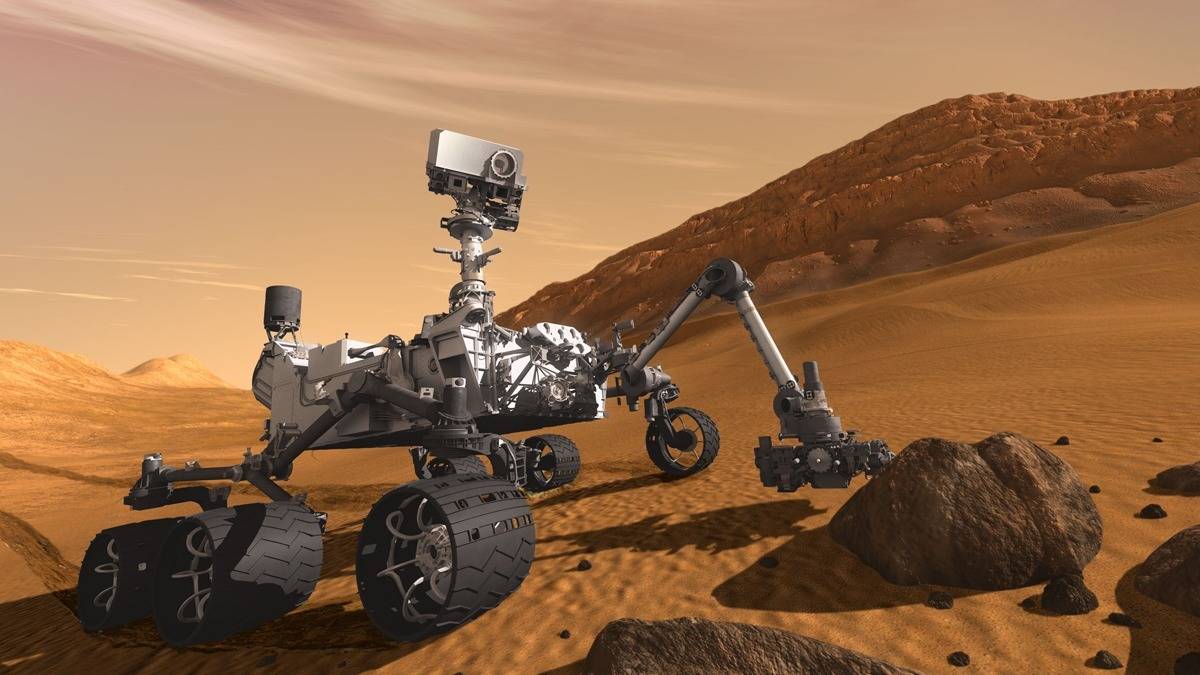Robotics and automation have come a long way in recent years, with advancements in artificial intelligence (AI) and machine learning (ML) enabling more sophisticated and versatile robots than ever before.

These robots are already having a significant impact on various industries, from manufacturing to healthcare, and their potential for further disruption is immense. In this post, we’ll explore how robotics and automation are changing the game and what the future holds for these technologies.
Table of Contents
The Current State of Robotics and Automation
Manufacturers have used robots and automation systems for decades, but recent advances in AI and ML have enabled robots to perform more complex tasks with greater precision and efficiency. As a result, there have been significant improvements in productivity and cost savings. The healthcare industry is also benefiting from robotics and automation, with robots being used for surgeries and other medical procedures, as well as patient care and medication management.
Industries such as agriculture, logistics, and retail are utilizing robotics and automation. Developers are creating robots to help with tasks such as harvesting crops and packing orders in warehouses. Companies are testing self-driving delivery vehicles for last-mile logistics.
The Future of Robotics and Automation
Looking forward, the potential for robotics and automation is massive. Here are some of the ways these technologies are likely to continue changing the game in the future:
Increased Efficiency and Productivity – As robots become more sophisticated and adaptable, they will be able to perform tasks with greater speed and accuracy, resulting in increased productivity and efficiency.
Improved Safety – Robots can perform tasks that are dangerous or difficult for humans, such as working in hazardous environments or handling dangerous materials.
Cost Savings – Companies can save money on labor costs and improve their bottom line by automating tasks currently performed by humans.
New Applications – As robots become more versatile and adaptable, they will be able to perform a wider range of tasks, opening up new applications and industries for these technologies. Integration with AI and ML – As AI and ML continue to advance, robots will become even more intelligent and adaptable, able to learn from their environment and improve their performance over time.
Challenges and Risks
Of course, there are also challenges and risks associated with the increased use of robotics and automation. One of the biggest concerns is the potential impact on jobs, as automation may lead to the displacement of workers in some industries. Additionally, the possibility of robots malfunctioning or being hacked is a concern for people. Which may cause harm to individuals or property. Despite these challenges, it’s clear that the potential benefits of robotics and automation are immense. By increasing efficiency, improving safety, and opening up new applications and industries, these technologies are changing the game in a variety of ways.
Conclusion
As robotics and automation continue to advance, their impact on various industries is likely to grow. From increased productivity and efficiency to new applications and industries, the potential benefits are immense. While there are challenges and risks associated with these technologies, it’s clear that the future is bright for robotics and automation.

